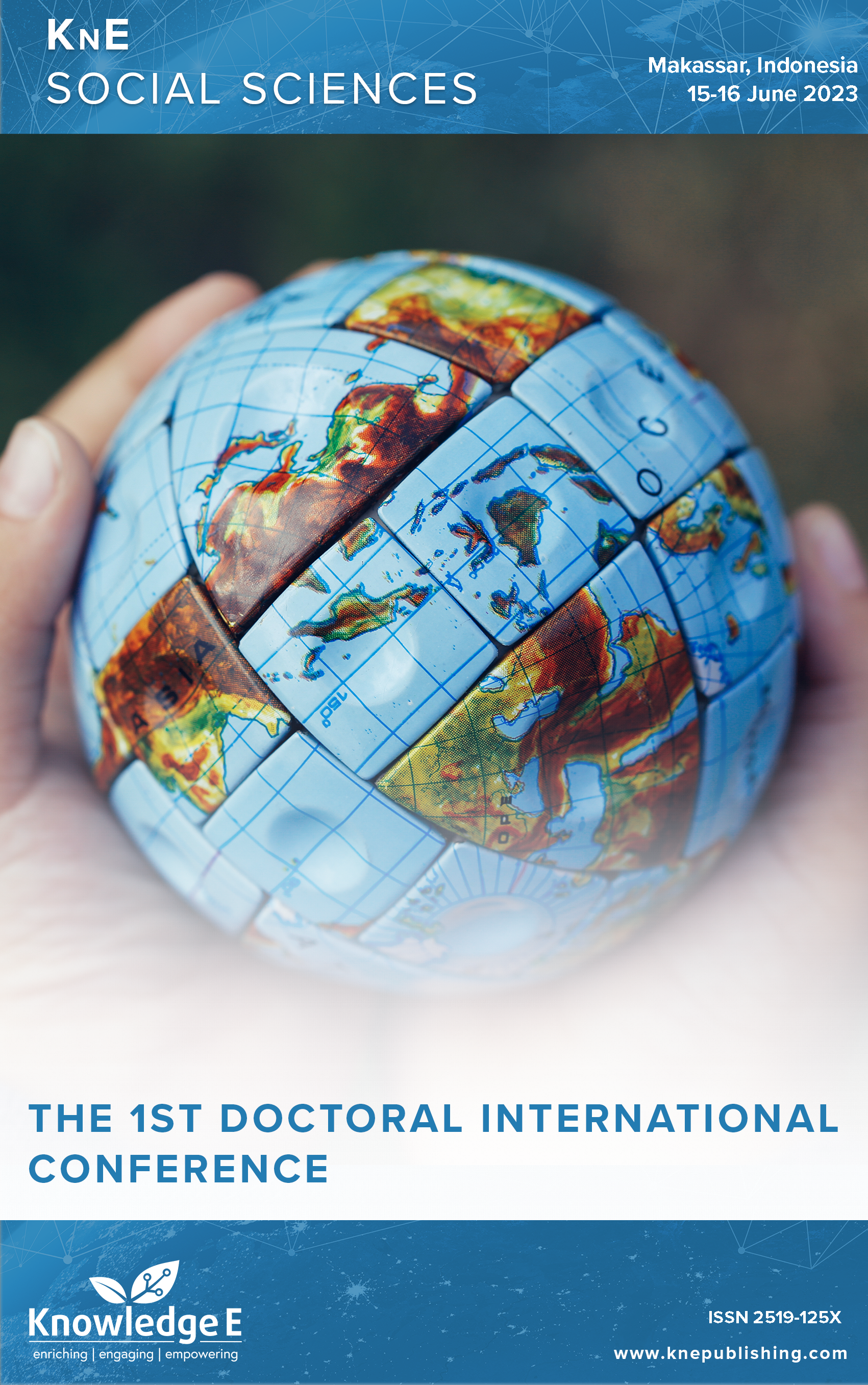Resource Optimization in Government Transformation Academies: A Study at the Ministry of Communication and Informatics in Indonesia
DOI:
https://doi.org/10.18502/kss.v8i17.14134Abstract
Various problems in the implementation of highly complex and multidimensional government programs pose challenges to developing countries, including Indonesia. Comprehensive efforts are needed to overcome these constraints, including appropriate resource allocation, institutional capacity enhancement, strengthening good governance, combating corruption, addressing social and economic inequalities, political stability, and adaptation to environmental and geographical factors. This article describes the resources utilized in the implementation of a GTA program based on the types of resources. The approach employed in this study is descriptive and qualitative, while the data collection method utilizes the examination of government documents. The objective of this research is to explore and analyze the current state of resource utilization within government networks with the aim of identifying areas for optimization and improvement. The combination of human resources, partnerships, and technological resources in the GTA program, along with the utilization of qualitative research methods, demonstrates a comprehensive and multifaceted approach to government transformation and resource optimization. The program aims to enhance efficiency, effectiveness, and digital transformation within the government, while the research contributes to a deeper understanding of the current practices and challenges. By integrating these findings into policy and programmatic decisions, governments can strive towards better resource allocation, improved service delivery, and ultimately, more effective and responsive governance in the context of government networks.
Keywords: governance network, resource governance, government program
References
[2] Kickert WJM, Klijn EH, Koppenjan JFM. Managing complex networks: Strategies for the public sector. London: SAGE Publications. 1997.
[3] Chris H, Siv V. Managing to collaborate: The theory and practice of collaborative advantage. Routledge. 2005.
[4] Klijn EH and Koppenjan JFM. Governance networks in the public sector. Routledge. 2016.
[5] Rhodes RAW. The new governance: Governing without government. Political Studies. Crossref. 1996;44(4):652-667.
[6] Kirk ETN. An integrative framework for collaborative governance. Journal of Public Administration Research and Theory. 2012;22(1):1–29.
[7] Waterhouse J, Keast R. Strategizing public sector human resource management: The implications of working in networks. International Journal of Public Administration. 2012;35(8):562–76.
[8] Pee LG, Kankanhalli A. Interactions among factors influencing knowledge management in public-sector organizations: A resource-based view. Government Information Quarterly. 2016;33(1):188–99.
[9] Ojo A, Mellouli S. Deploying governance networks for societal challenges. Government Information Quarterly. 2018;35(4):106–12.
[10] Klijn E, Koppenjan J. Governance network theory: Past, present, and future. Policy & Politics. 2012;40(4):587–606.

